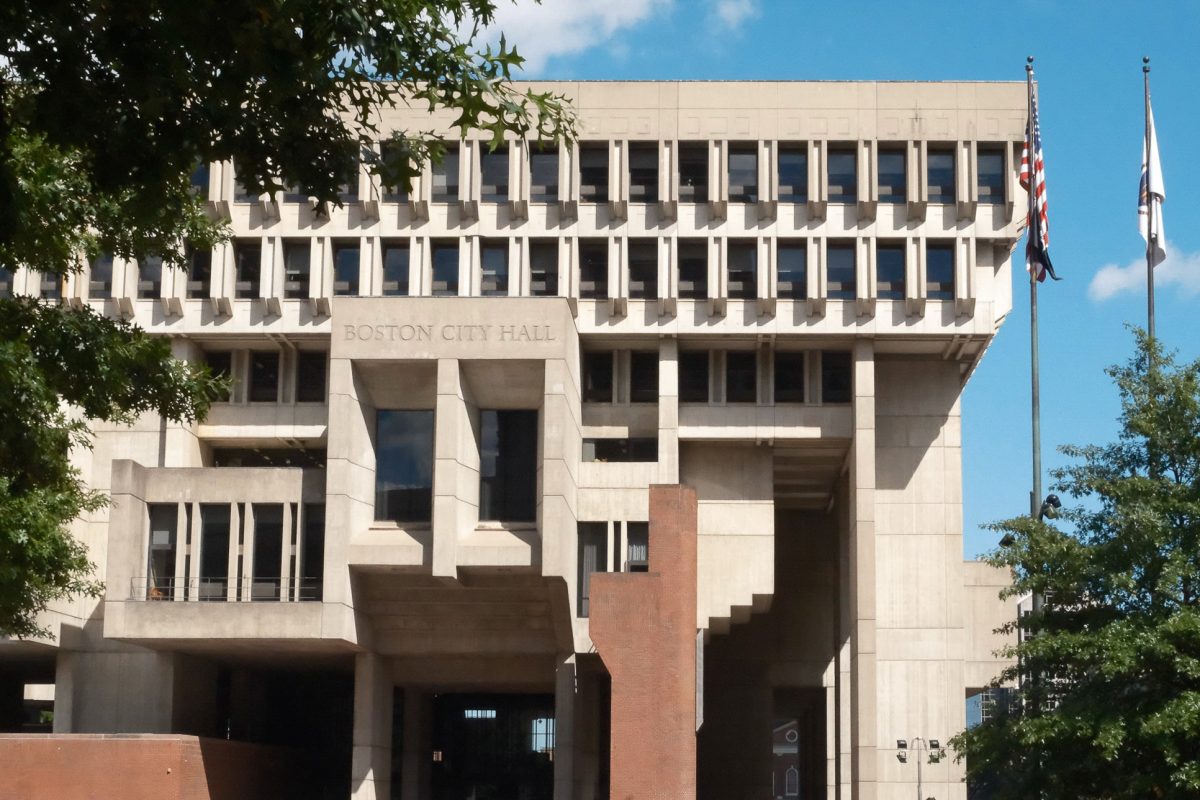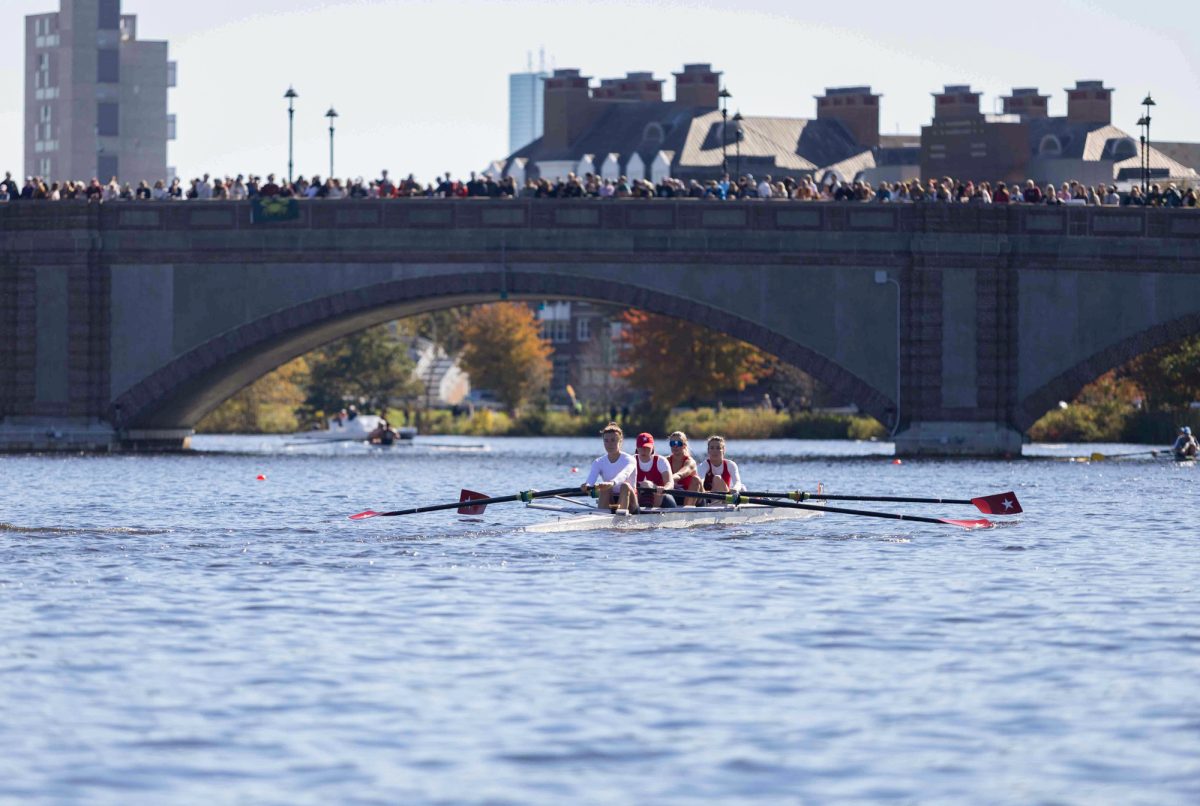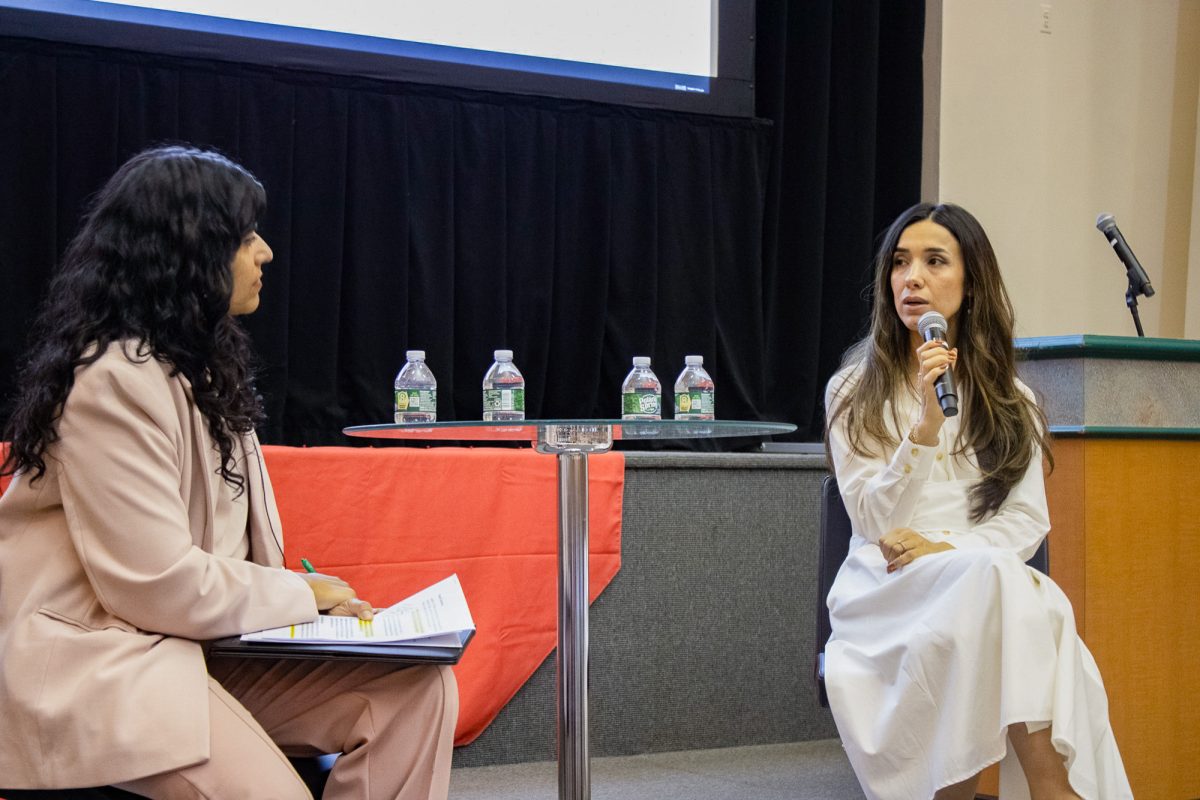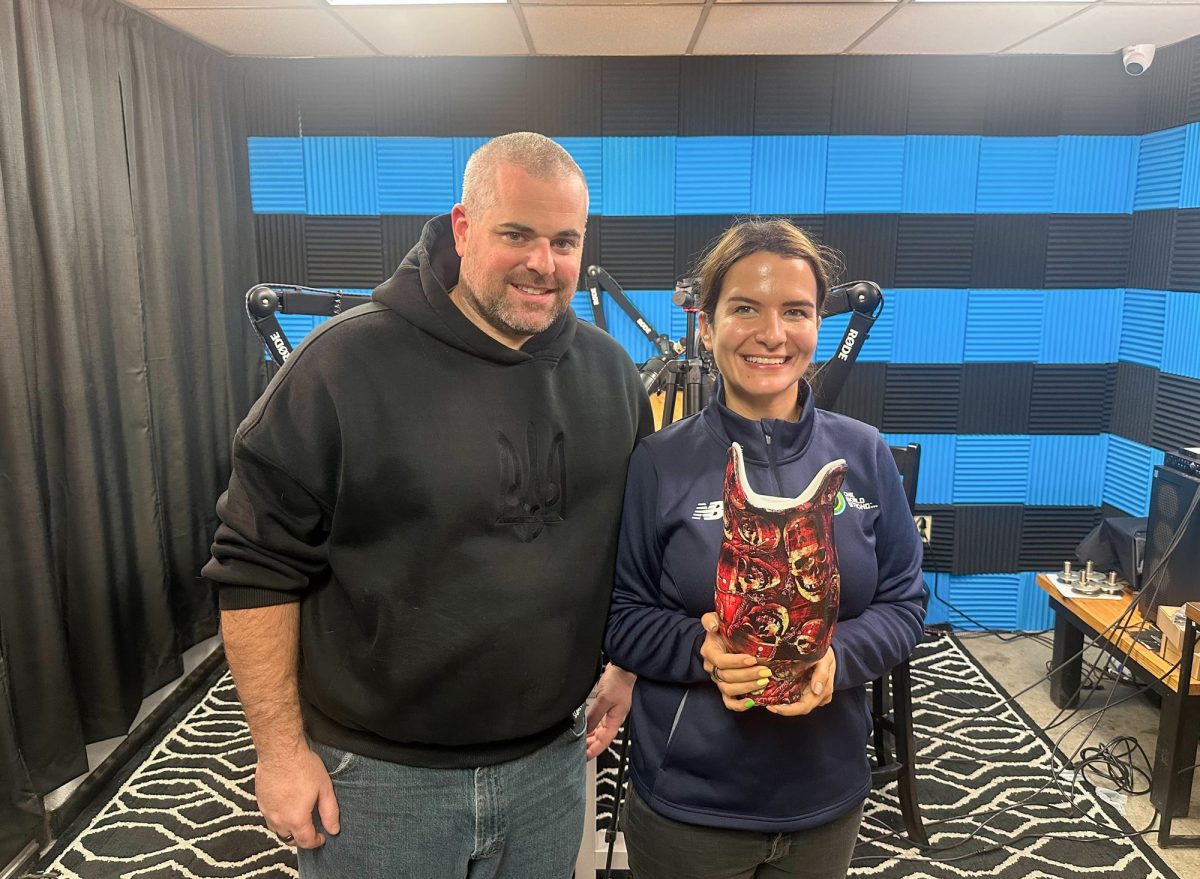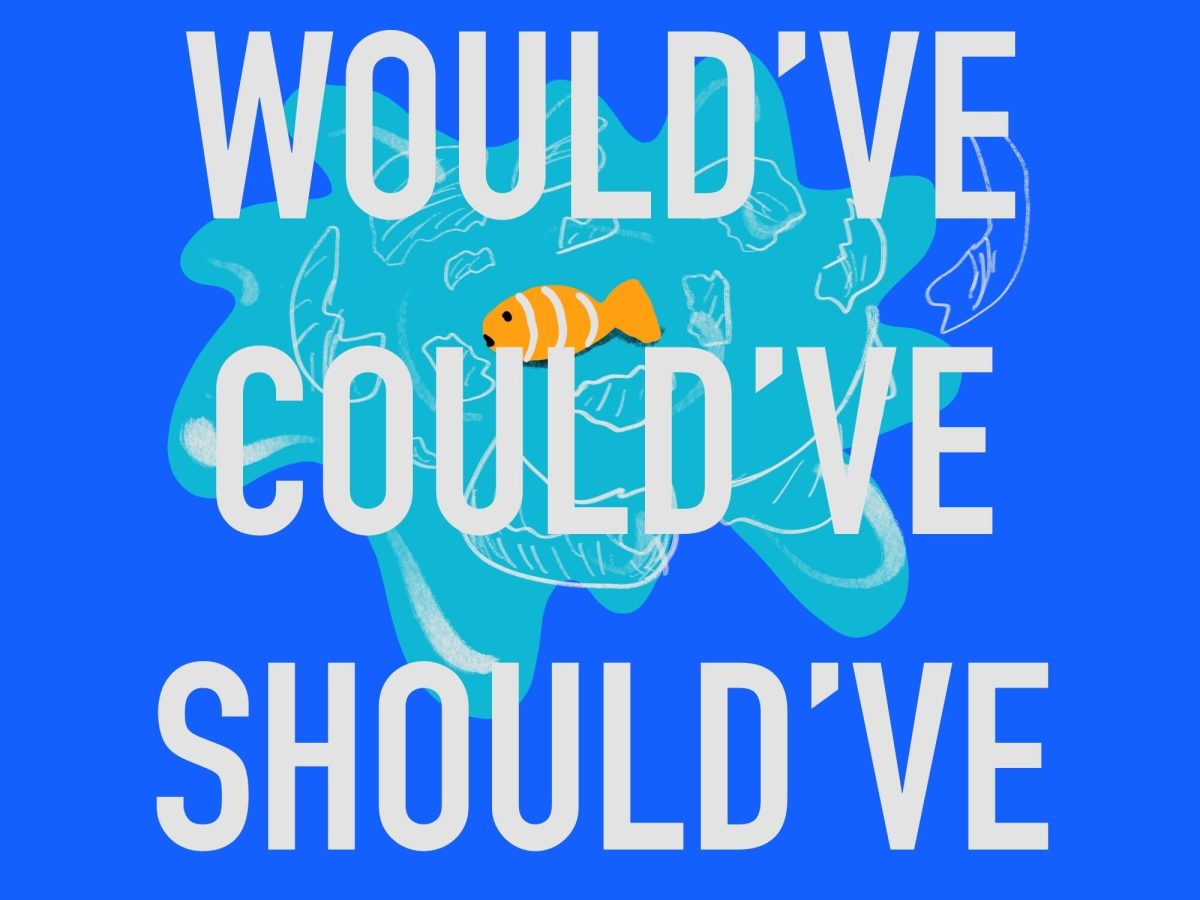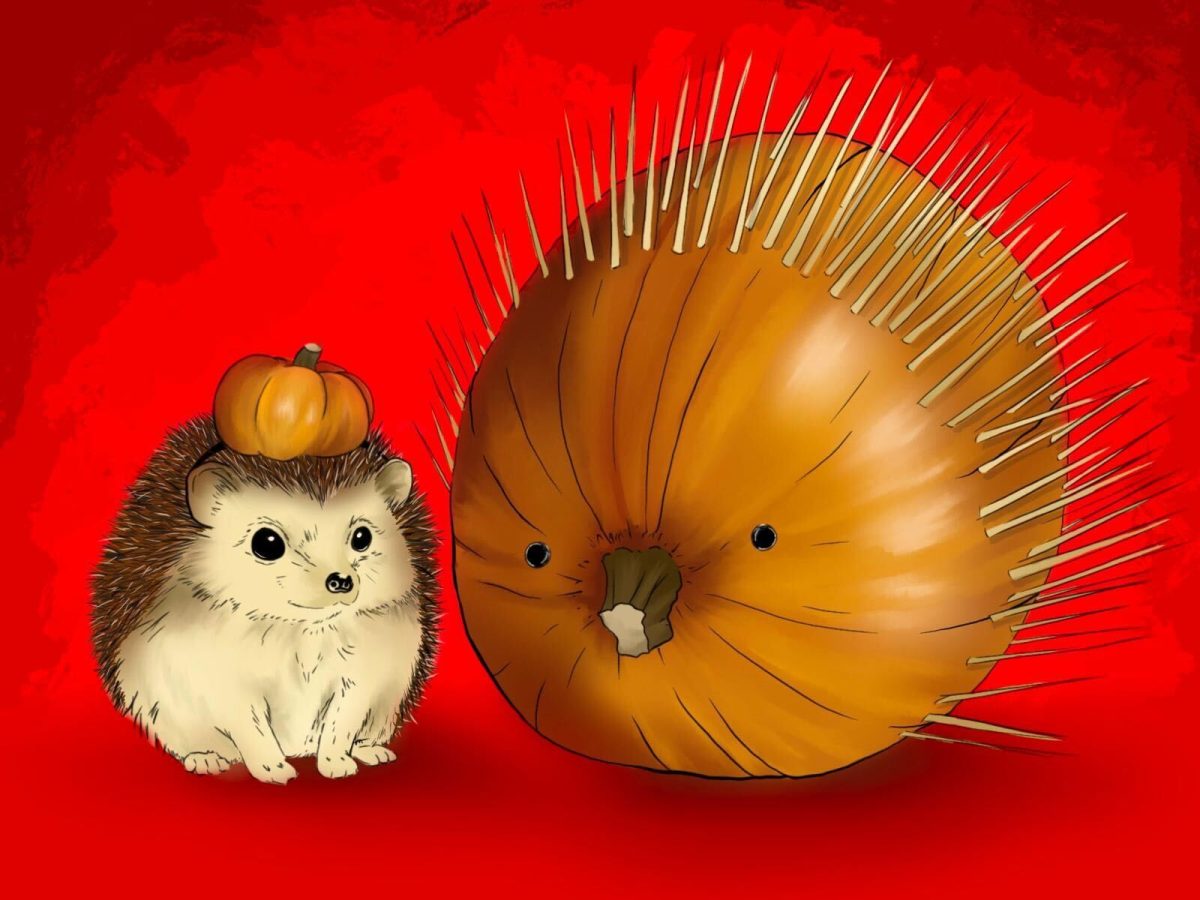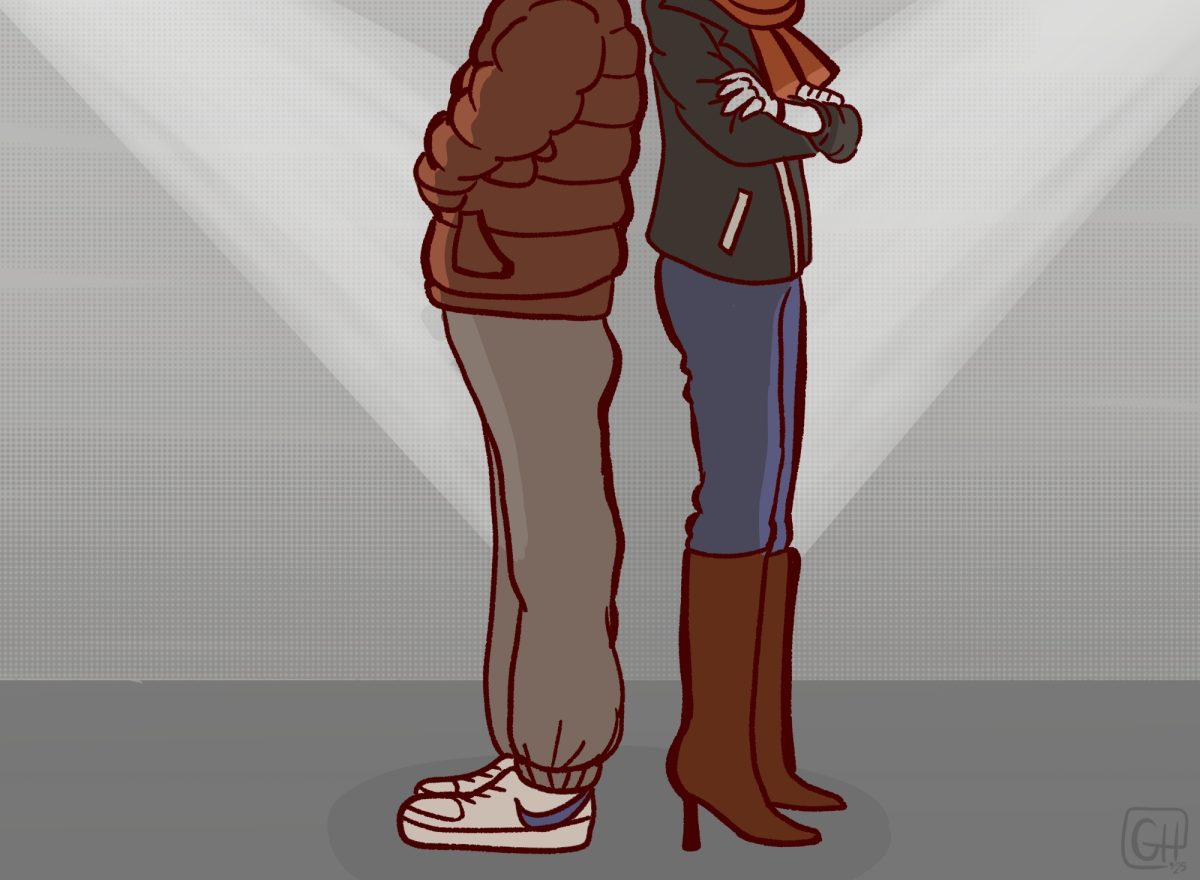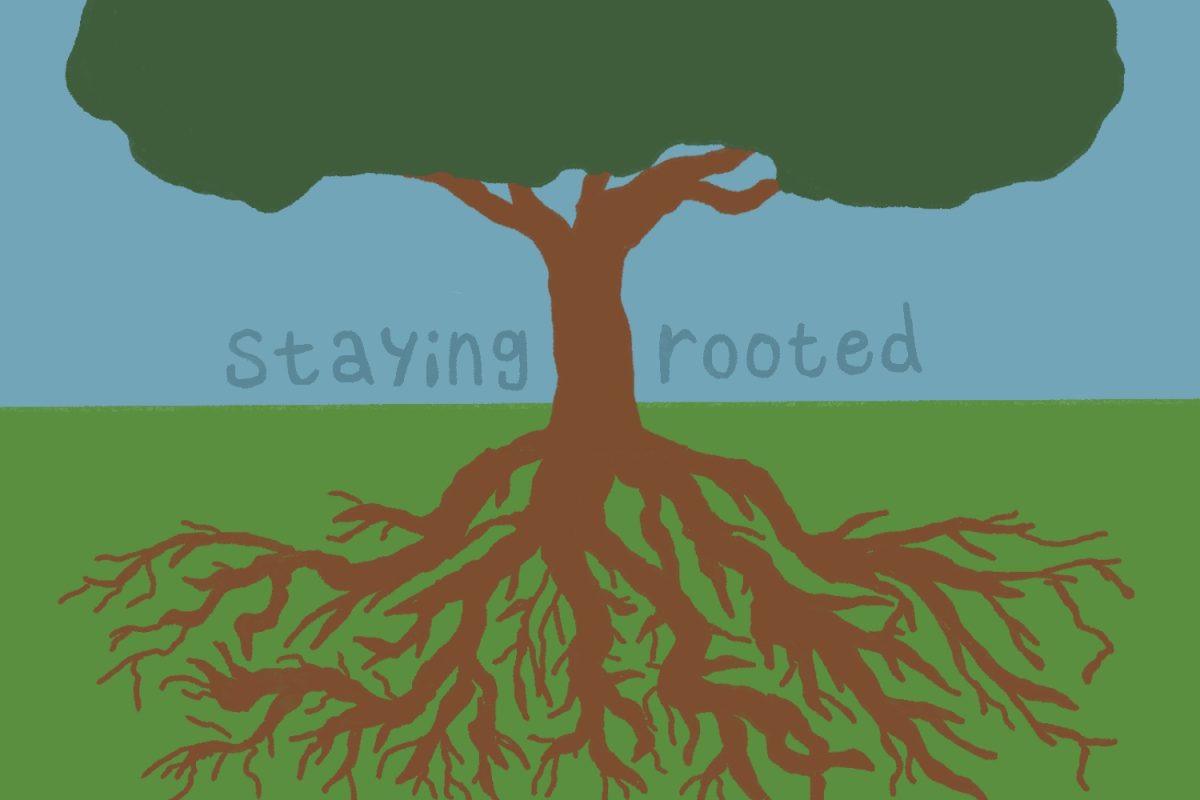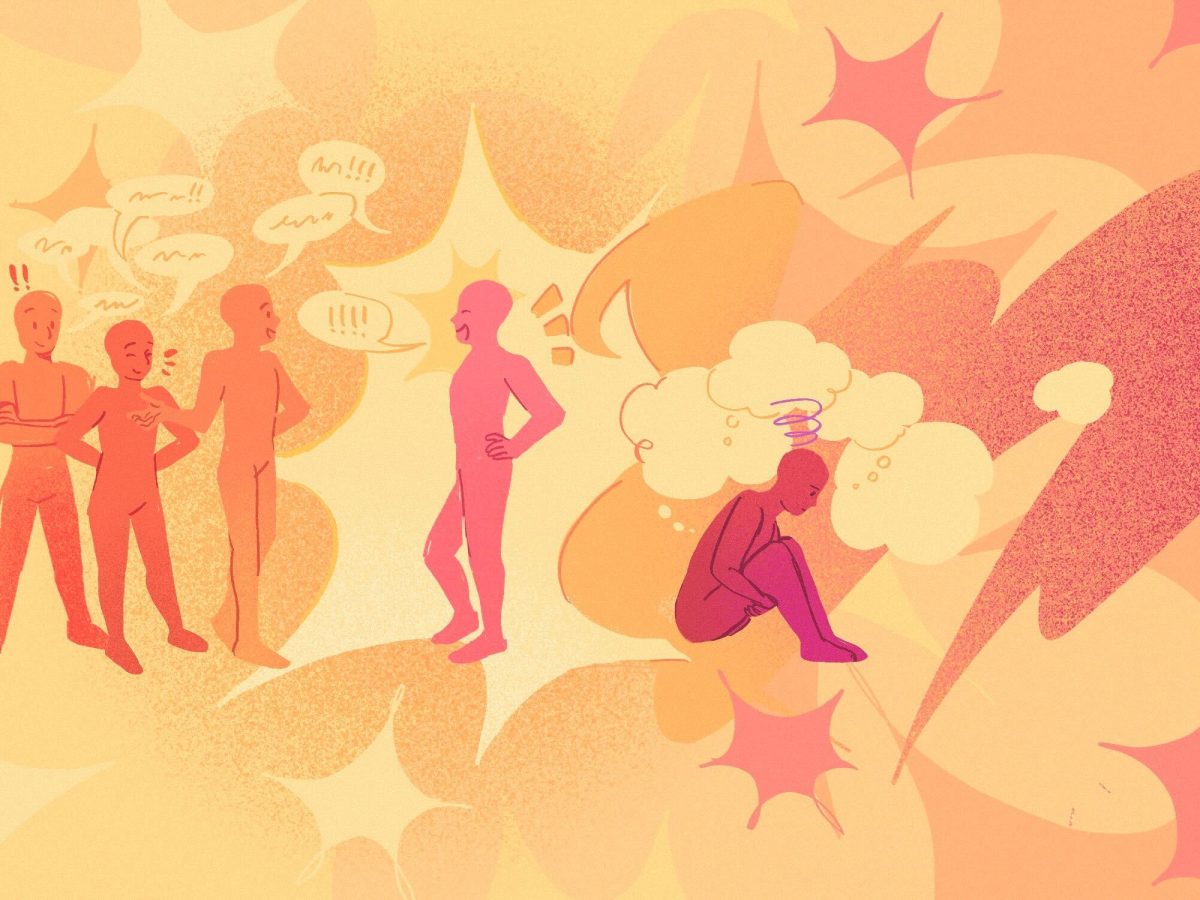The mean annual salary for artists was less than $49,000 a year in 2008, according to the Bureau of Labor Statistics. But this year, Cambridge will try to help some up-and-coming artists move beyond that average with a single project.
The Cambridge Arts Council named 10 finalists in an art competition to display work along a mile of Cambridge Street from Inman Square to Lechmere.
The three winners, chosen from 110 applicants, will receive awards totaling $50,000 to help turn their proposed public art into reality, said Jason Weeks, executive director of the Cambridge Arts Council.
Currently, the proposals of the finalists are on display in the CAC Gallery until June 11. The ideas include everything from sculptures to interactive art to a street-side potluck.
According to the CAC website, the artists can develop a concept in any media form they choose.
“The concepts can be temporary, durational, or permanent events or objects,” the website states.
The project is a great way for artists and members of the community to interact, Weeks said.
Many finalists said they were happy about the community involvement and were pleased that there were expert jurors on the panel.
“The more the public is involved, the better,” said sound artist Halsey Burgund. “I am a big fan of how this process was conducted.”
For the competition, Burgun created a sound collage by mixing music, street noises and people telling stories about the area in a work entitled”Catch and Release.”
“In no way did I feel compelled to dumb my project down or gear it to a specifically to a mass audience; it’s pretty straightforward,” Burgund said.
The neighborhood in which the art will be displayed has cafés, restaurants, a Portuguese community center, a public library and an elementary school. It also has large Portuguese and Haitian populations, Weeks said.
Finalist Carolina Aragon aimed to reflect this diversity in her piece”Flocks,” which features sculptures of migrating birds created by schoolchildren. Aragon, an immigrant from Colombia, wants the children to write their family’s immigration stories on the birds they create.
The organizers and artists said the contest could benefit the local economy.
“I think that the works of art will add to the infrastructure of the community and attract business for the local cafés,” Weeks said.
And, of course, the contest will try to help community artists.
“None of us have any strong track record of commissions for large public art projects so this is a huge stepping-stone in establishing our credibility,” Burgund said.
Aragon said she believes that society needs not only sustenance, but inspiration in times of economic struggle. She cited a children’s story where most animals worked to find food while one wrote poetry. When winter came, the animal poet had no food, but the other animals needed his poetry for entertainment.
Jeremy Gaucher, CAC’s public art administrator, said that by law, Cambridge must appropriate at least one percent of its capital to incorporate public art into the infrastructure of the city.
“That’s what we do here. It’s the law,” added Gaucher, who has spent his career working for non-profit organizations committed to creating public artwork.
“This is the time to bring the art to the people,” Aragon said.

